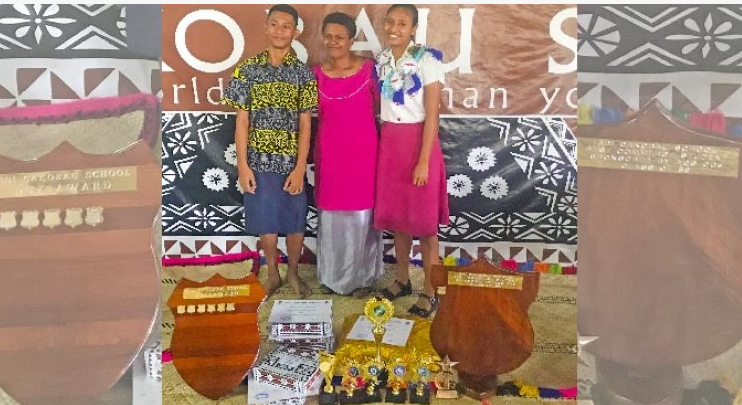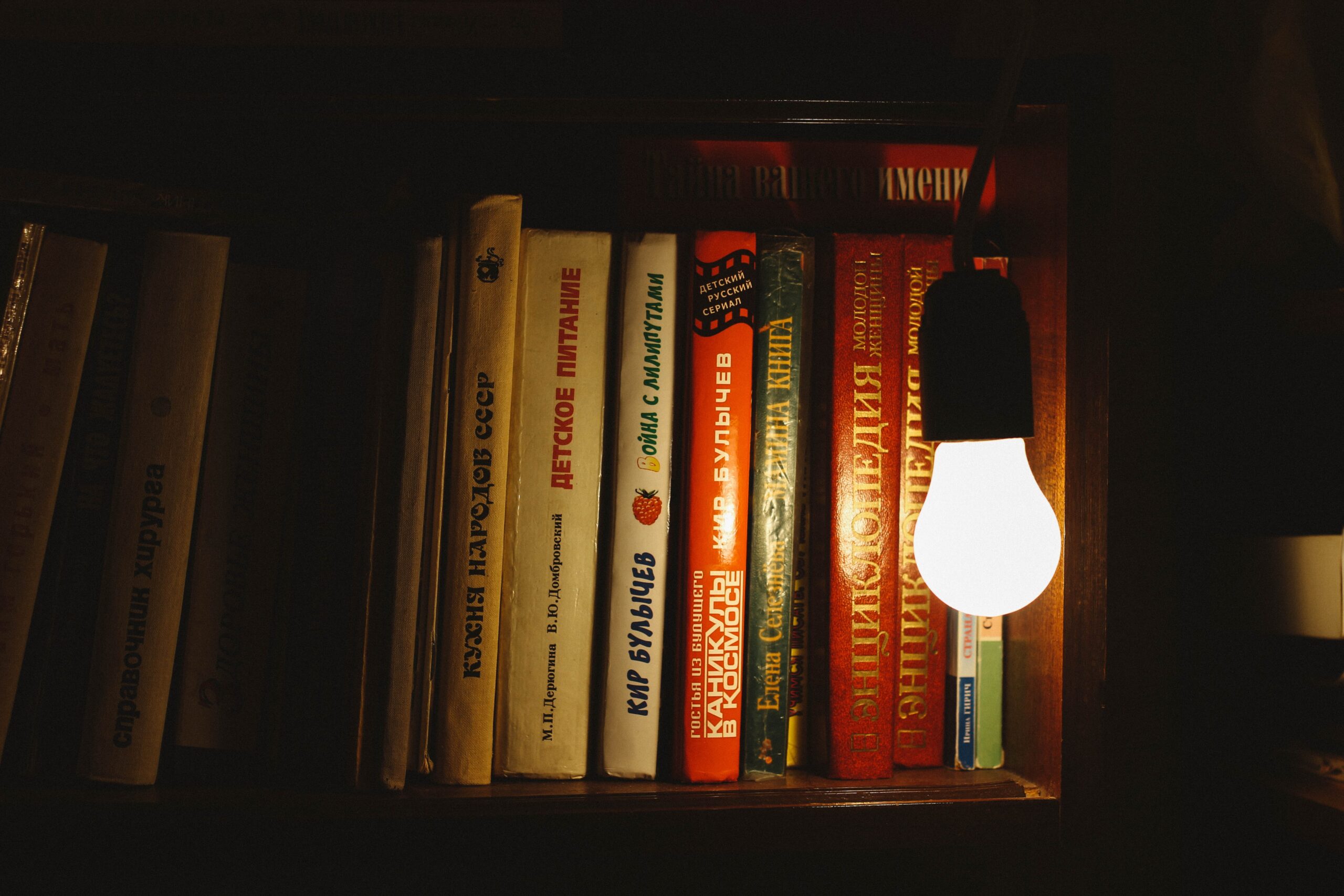The personal journey and experience of an indigenous Fijian researcher. From environmental conservation work with the United Nations over the world’s most pressing ecological issues to the dramatic health struggles of the COVID-19 pandemic, the author offers advice to aspiring Ph.D. students and emphasises the importance of using Indigenous frameworks.
By Winifereti Nainoca (Mrs) nee Makutu. PhD
“My sincerest apologies in advance as I will sing an inevitable “Selfie Song”.”My sincerest apologies in advance as I will sing an inevitable “Selfie Song”.” My sincerest apologies in advance as I will sing an inevitable “Selfie Song”.”My sincerest apologies in advance as I will sing an inevitable “Selfie Song”.
I have many voices – an indigenous woman from the fisher tribe, kai vanua ‘ca’… ‘vinaka Sara, raised by a strong woman of substance, inspired by a trailblazer older sister (OG Nau Pani), lucky to be born into a loving family, wananavu to have raised my own nuclear family with strong and reliable other half, privileged to be part of the Kui Nation (inhouse 1970-1975) and for lifetime thereafter sisterhood (Visionary, Resilient, Transcendent) and the cream on the cake – blessed to be a favoured daughter of the Most High.
God has steered my pathway through life- all I had to do was work very hard when He opened the door. I did BSc GCEd in Chem & Bio at USP (1983), MEnv Sc (Hons) at Uni of Wollongong (1999) and PhD (Env Planning & Conservation) at Massey Uni (2011) – graduating at 54 years old! Thanking God for the Fijian Affairs Board Scholarship. He Chooses & He Equips!
I was privileged to work at the Fiji Institute of Technology (FIT) teaching Applied Science (Analytical Chem, Soil Science, Water Treatment, Industrial Micro-bio, Marine Ecology, etc) and, of course, Occupational Health and safety to Engineering Schools, joining as Assistant Lecturer and leaving as a Head of School 20 years later.
The careers out of FIT (now FNU) include being an Industrial Lab Technician, Environmentalist, and Engineer (Automotive, Aircraft, Electronic, Electrical, Mechanical, Civil, Architect, and Building), apart from the many courses and prospective career openings in the Commerce and Art streams.
As a graduate in Environment, I joined the United Nations Development Programme (UNDP) from 2012 until March 2023 to work on Environmental Conservation, Climate Change Adaptation and Mitigation, Biodiversity Conservation, Land degradation, Catchment Management, Marine Protected areas, etc.
My role included overseeing projects (numbering about 45+ at its peak and a budget of FJD84mil this year in 9 Pacific Island Countries). It involved proposal formulation, implementation, and the end of the project. I had to quickly learn how to use donor language (GEF – Global Env Facility, GCF -Green Climate Fund & other bilateral funding) using proposal templates and working closely with government and stakeholders (Community to Cabinet- C2C). Ladies – project experience is valuable!
My pick of the top 9 environmental issues:
- Population: All other major environmental issues flow from the fact that we are overpopulating the planet. The world’s population has tripled in the last 60 years, putting stress on every environmental aspect. Man’s activities – Anthropogenic activities are responsible for causing all types of environmental issues.
- Loss of Biodiversity: Humans have destroyed and continue to destroy the habitats of species on a daily basis. When we exterminate one spp, it has a knock-on effect on the food chain, which in turn upsets the Ecosystems dependent on one another
- Water accessibility: One-third of humans have inadequate access to fresh water. The number is expected to increase to up to two-thirds by 2050.
- Pollution. Common toxic substances include heavy metals, nitrates and plastic. A lot of the plastics that humans discard end up in the ocean. The Great Pacific Garbage Patch a Swirling Plastic Soup You Can See from Space (bigger than NZ)
- Ozone Layer Depletion: Depletion of our Ozone O3 layer is mainly due to the release of chemical pollution containing the chemicals Chlorine and Bromine. The layer blocks many of the harmful UV rays from the sun that can damage living tissue
- Deforestation: Since 1990, half of the world’s rainforests have been destroyed. The clearing of forests continues at an alarming rate. The population is growing at a rapid pace due to the demand for food, shelter, and clothes has almost tripled in the last few decades
- Global Warming: increase in earth’s temperature due to the effect of greenhouse gases called carbon dioxide, methane, water vapour and other gases. These gases possess heat trapping capacity, but the increased amount of greenhouse gases (GHG) results in global warming, which can result in melting glaciers, climate change, droughts, diseases and an increase in hurricane frequency. Trees (that we are cutting down) remove CO2 from the atmosphere!
- Rising sea levels: Sea level rise is caused by the added water from melting land ice and the expansion of seawater as it warms. According to NASA, sea level is rising at the rate of 3.24mm/year. The Intergovernmental Panel on Climate Change (IPCC), an international organisation created by the United Nations that produces climate change models, has predicted that sea levels could rise as much as 21 feet (6.4 meters) in the next century if global warming continues unabated. Problems created include encroaching waters onto human settlements, saltwater inundation of freshwater supplies and coastal crop plantations, especially in the Pacific.
- Climate Change: climate change includes major changes in temperature, precipitation, or wind patterns, among others, that occur over several decades or longer.
A case of Lazarus – back from the dead: in 2021, during the peak of the COVID period, I was medically evacuated by being flown to Auckland’s Middlemore Hospital. I am eternally grateful to God and forever grateful to the UN/UNDP, Fiji & New Zealand governments for the life-changing facilitation. I slept over 2 weeks, experienced several dialyses, had a heart attack and had a tracheostomy, waking up fully paralysed with rots starting to happen at some of the extremities. After 10 weeks of hospitalisation, God sent me back to earth because my work was not done yet 😊

Giving back to the community: Since my PhD thesis was on iTaukei Traditional Ecological Knowledge (TEK) and iTaukei Social Capital, I became an indigenous champion (and happy to oblige) by default – please appreciate that Indigenous rights is not racism.
‘I used the Crab – Qari (Brachyura spp) for my Ph.D. theoretical framework. Meanwhile, with two other gents (married to 2 OGs), we administer the “iTaukei Academic Research” Facebook Page where iTaukei can discuss research on us and research by us in a safe space. Since retirement, I have been blessed to be the Chairperson of the Rewa Think Tank that the Rewa Bose Ni Yasana mandated through the Chair (Ro Macanawai) to facilitate the formulation of the Rewa Strategic Development Plan 2023-2027. Rewa SDP used the Mud Lobster – Mana (Thalassina anomala) as the framework for the Rewa SDP work.

A word of advice to the young ladies – if you are hoping to pursue a PhD, do a Masters with a thesis instead of 100% coursework.
As an indigenous Fijian, use an Indigenous framework (such as the Mana above for Rewa SDP):
- WHY – contextualisation, relevance, sense of ownership, value, identity rekindling, reviving
- WHAT- Use of Indigenous Traditional:
- Totem (Every Fijian has a plant, animal, fish)
- Traditional Ecological Knowledge (values & beliefs, practices, knowledge, skills)
- Way of life Concepts – Bula vakavanua – solesolevakI, etc
- Ecologically significant plant/animal spp in the ecosystem
- Traditional craft (mat, fan, masi, etc)
HOW – creativity (depending on 2 above)
And my song here ends…. Though God willing, other upcoming verses will continue to be written.
Vinaka vakalevu!





